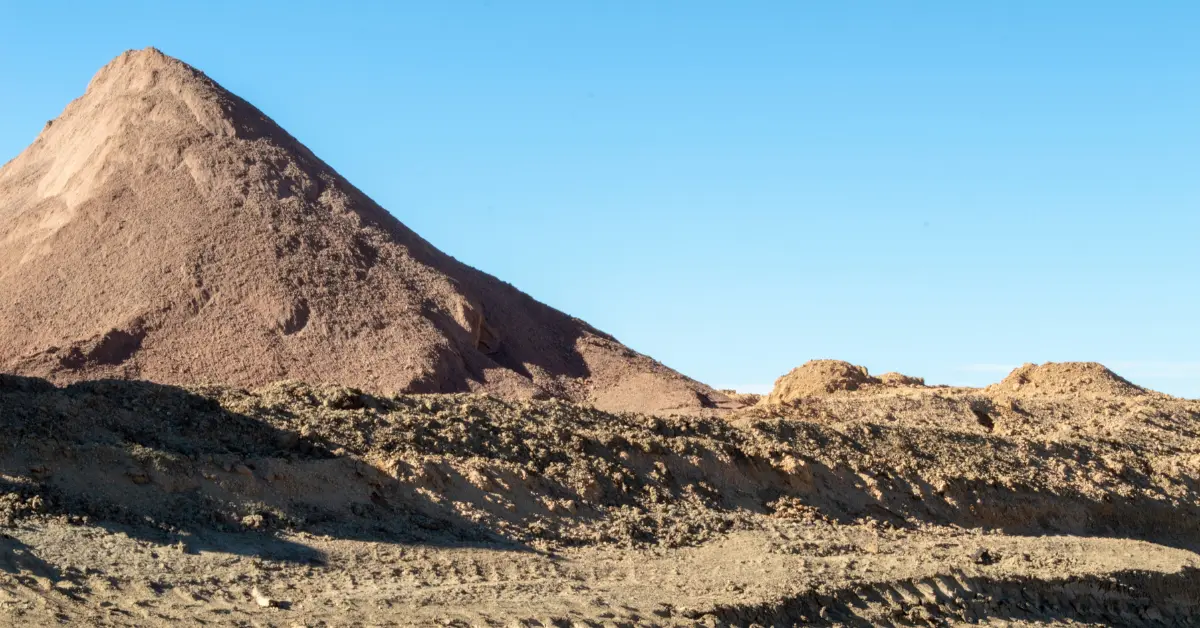
Dirt and aggregate materials form the backbone of countless construction and landscaping projects, yet their distinct properties and applications are often overlooked. Choosing the right dirt-to-aggregate mix is crucial: the wrong combination can lead to uneven settling, poor drainage, and costly repairs. By understanding the characteristics of each material and how they interact with water and load, project managers and builders can tailor blends that optimize performance, longevity, and cost efficiency.
Understanding Dirt and Aggregate Materials
Types of Dirt and Aggregate
Dirt and aggregate materials come in various forms, each serving distinct purposes in construction and landscaping. The two primary types of dirt include clay and loam. Clay is known for its compactness and water-retention properties, making it suitable for tasks that require a stable base. Loam, a mix of sand, silt, and clay, offers excellent drainage and nutrient retention, making it ideal for gardening and agriculture. Aggregate materials, on the other hand, are primarily used for structural support and include gravel and crushed stone. Gravel is commonly used for driveways and paths due to its durability and drainage capabilities. Crushed stone provides a versatile option for construction, offering a sturdy base for roads and foundations.
Dirt is predominantly organic, containing decomposed plant and animal matter, which contributes to its fertility and moisture-retaining properties. This organic composition makes dirt particularly valuable in horticulture and agriculture. In contrast, aggregate materials are inorganic. Their primary function is to provide structural strength and support. Aggregates are generally more stable, offering superior load-bearing capabilities compared to dirt. This makes them indispensable in construction, where stability and durability are paramount. Another key difference lies in their interaction with water. Dirt, especially clay-rich soil, can expand and contract in response to changes in moisture, potentially leading to structural issues. Aggregates, however, allow water to pass through, reducing the risk of waterlogging and subsequent structural damage. This makes aggregates a preferred choice for areas prone to heavy rainfall or flooding.
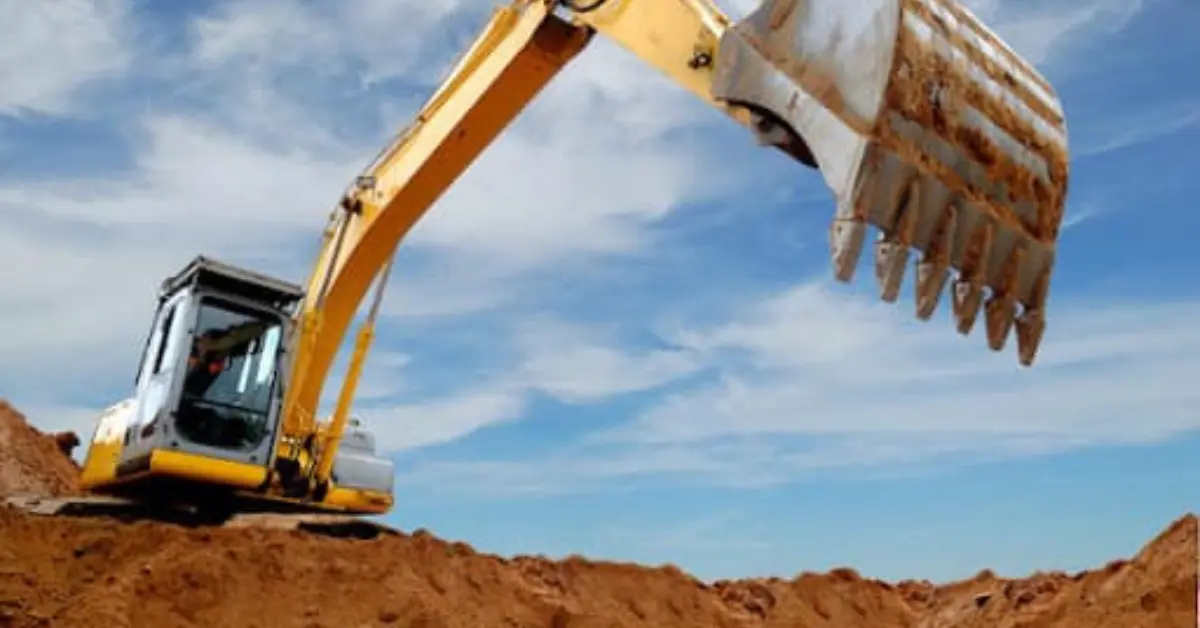
Sand Varieties and Their Uses
Sand is a versatile aggregate material found in a wide range of construction, landscaping, and recreational projects. However, not all sand is created equal—different varieties possess unique properties that make them better suited for specific applications. Understanding the distinctions between common sand types such as silica sand, masonry sand, and playground sand can help ensure optimal performance and safety in any project.
Silica sand, also known as industrial sand or quartz sand, is composed primarily of silicon dioxide (SiO₂). Its grains are hard, chemically inert, and have a consistent, angular shape. These characteristics make silica sand highly desirable for use in manufacturing glass, producing concrete, and serving as a base for various industrial applications, including foundry casting and water filtration. Its purity and hardness also make it suitable for use as a component in specialty sports surfaces, such as golf course bunkers and equestrian arenas, where consistent texture and drainage are crucial.
Masonry sand, also known as “all-purpose sand,” is a fine, washed sand with a smooth texture and light color. Unlike silica sand, masonry sand is less angular and more rounded, which gives it excellent workability. It is commonly used as a key ingredient in mortar mixes for bricklaying and stonework, providing a smooth and cohesive finish. Masonry sand is also popular as a leveling agent beneath pavers, as well as for filling joints in patios and walkways. Its clean, debris-free composition makes it a safe choice for sandboxes and some playground settings, though it is not as rigorously screened as dedicated playground sand. Playground sand is specifically engineered with safety and cleanliness in mind. This sand is carefully washed and screened to remove fine particles, dust, and contaminants, resulting in a soft, rounded grain that minimizes abrasion and injury risk. Playground sand is typically lighter in color and has a uniform texture, making it ideal for use in children’s play areas, under swings and slides, and in recreational spaces where direct skin contact is likely. Its ability to cushion falls and provide a comfortable play surface sets it apart from other sand varieties.
Soil Types and Blends
Selecting the right soil blend is essential for healthy plant growth, robust root systems, and long-term landscape success. Among the most commonly used options are topsoil blends and potting soil, each tailored for specific gardening and planting needs. Topsoil blends are typically categorized by the ratio of topsoil to sand, with popular mixtures including the 50/50, 60/40, and 70/30 Topsoil-to-Sand Mixes. The 50/50 blend consists of equal parts topsoil and sand, offering balanced drainage and nutrient retention, making it a versatile choice for general landscaping and lawn installation. The 60/40 mix offers slightly more topsoil, enhancing its ability to retain moisture and nutrients, which benefits garden beds and planting areas where water conservation is essential. The 70/30 Top Soil Sand Mix, composed of 70% sand and 30% topsoil, is particularly valued for its superior drainage capabilities. This blend is ideal for establishing sod, planting trees, and supporting shrubs, as it prevents waterlogging while still supplying essential nutrients. The increased sand content ensures that roots receive adequate aeration, reducing the risk of root rot and promoting vigorous growth in areas with heavy rainfall or poor natural drainage.
Potting soil, on the other hand, is a specially formulated, man-made mix designed for use in containers and pots. Unlike garden soil, potting soil is typically free of native soil and instead combines ingredients such as peat moss, vermiculite, perlite, and composted organic matter. These components work together to create a lightweight, well-aerated environment that supports healthy root development and efficient water management. Potting soil’s structure allows for excellent drainage while retaining enough moisture for plant uptake, reducing the risk of overwatering and root diseases. Its sterile composition also minimizes the presence of weeds, pests, and pathogens, making it an optimal choice for indoor plants, container gardens, and seedlings.
Importance of Choosing the Right Material Mix
The right combination ensures structural integrity, longevity, and optimal functionality. For instance, when constructing a road, a base layer of compacted aggregate is crucial for support, while a top layer of asphalt or concrete provides a smooth, durable surface.
Using the wrong material mix can lead to costly repairs and structural failures. For example, opting for a dirt-heavy mix in a high-traffic area can result in uneven surfaces and poor drainage, leading to erosion and degradation over time. Conversely, using an aggregate-heavy mix in gardening can hinder plant growth due to inadequate nutrient retention. A well-chosen material mix also considers environmental factors such as climate and soil conditions. In regions with heavy clay soils, incorporating sand or gravel can improve drainage and prevent water retention issues. In sandy areas, adding organic-rich dirt can enhance soil fertility and water retention, supporting healthy plant growth.
Factors to Consider When Choosing Aggregate for Fill Dirt
Soil Aggregate Ratios
Understanding the balance between soil and aggregate is essential for creating a fill that meets project specifications. The soil aggregate ratio refers to the proportion of fine particles (soil) to coarser particles. This ratio directly influences the compaction, drainage, and load-bearing capacity of the fill material.
- Compaction: A higher percentage of aggregate generally enhances compaction, which is vital for supporting structures. The right mix prevents settling and shifting, thus maintaining structural integrity.
- Drainage: Aggregates improve drainage by reducing the amount of water retained in the soil. A well-drained fill prevents waterlogging, which can lead to soil erosion and instability.
- Load-Bearing Capacity: The balance between soil and aggregate affects the fill's ability to support weight. For example, a 70:30 aggregate-to-soil ratio often provides a robust foundation for heavy loads.
Field tests and laboratory analyses are recommended to determine the ideal ratio for specific projects. These analyses evaluate factors such as soil type, moisture content, and the intended use of the land.
Aggregate Gradation for Road Base
Gradation, the distribution of particle sizes within the aggregate, is a critical factor in constructing a stable road base. Proper gradation ensures that the particles fit together to form a dense, stable layer capable of withstanding traffic loads.
- Uniformity: A well-graded aggregate has a mix of different-sized particles that fill gaps between larger stones, providing maximum density and stability.
- Density: Dense gradation reduces voids and provides a solid foundation that minimizes movement and deformation under load.
- Durability: Properly graded aggregates are less susceptible to weathering and degradation, extending the lifespan of the road.
For road construction, a mix of sizes ranging from fine sand to large stones is typically used.
Crushed Stone Mix vs. Gravel Dirt Mix
The choice between crushed stone mix and gravel dirt mix depends on project needs and desired outcomes. Each type of aggregate offers distinctive benefits and potential drawbacks.
- Crushed Stone Mix: This aggregate consists of mechanically crushed rocks, offering sharp edges that lock together when compacted. This interlocking feature makes crushed stone an excellent choice for projects requiring a stable, load-bearing base. It is ideal for road construction and concrete work due to its high strength and durability.
- Gravel Dirt Mix: Gravel typically consists of rounded particles, which can provide better drainage but less stability compared to crushed stone. It is often used for landscaping, driveways, and areas where water drainage is a priority. The smooth texture of gravel can also be more aesthetically pleasing, making it a popular choice for decorative projects.
When deciding between these two options, consider the specific needs of the project. For instance, crushed stone is preferable for areas that will experience heavy traffic, while gravel may be more suitable for areas with less structural stress but higher drainage requirements.
Rock Materials for Drainage and Decoration
When it comes to effective drainage solutions and enhancing the aesthetics of outdoor spaces, specific rock materials, such as drain rock, pea rock (also known as pea gravel), and river rock, stand out for their unique properties and versatility. Drain rock refers to a washed, angular stone—often ranging in size from 3/4 inch to 1 1/2 inches—that is specifically selected for its ability to facilitate water movement. Its irregular shape creates natural gaps between stones, allowing water to flow freely, which makes it a top choice for French drains, retaining wall backfill, and other drainage systems where rapid water dispersal is crucial. Pea rock, or pea gravel, consists of small, smooth, rounded stones typically about 3/8 inch in diameter. Its compact size and silky texture make it ideal for use in garden paths, play areas, and as a decorative mulch around plants. Pea gravel is also effective in drainage applications, such as in the base of planters or beneath patios, where it prevents water accumulation without compacting over time.
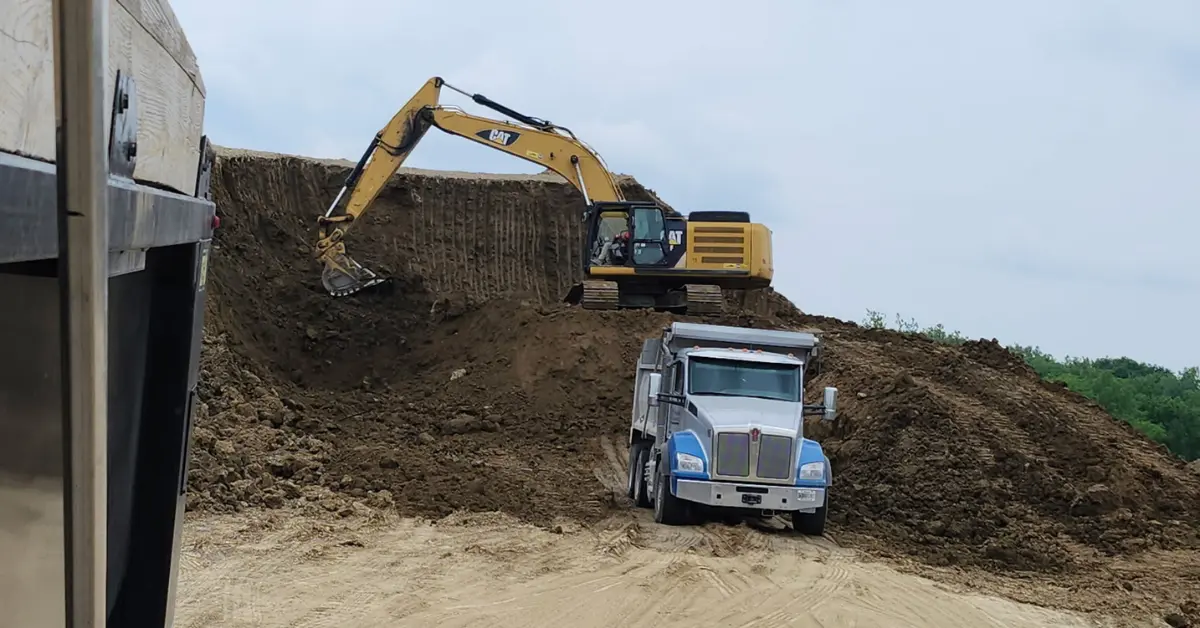
River rock is another popular material, characterized by its larger size range (from 1/4 inch up to several inches) and naturally rounded, polished appearance. Sourced from riverbeds, these stones are often used as a decorative ground cover, in dry creek beds, or as accents in landscape designs. River rock’s size and weight help it stay in place during heavy rain, making it suitable for erosion control and water management in sloped areas. When selecting a rock material for your landscaping or drainage project, consider both function and appearance. For high-performance drainage, opt for drain rock or pea gravel in areas where water needs to flow away quickly. For decorative borders, garden beds, or pathways, pea gravel and river rock add texture and color while also supporting low-maintenance, weed-resistant landscapes. Always match the rock size and type to your specific project needs to achieve both practical and visual results.
How to Buy Aggregate and Dirt
Finding a Certified Aggregate Fill Dirt Supplier
A certified supplier can make a significant difference in the quality and reliability of the materials you receive. To identify a reputable supplier, start by checking local directories and industry associations. When evaluating suppliers, consider their track record in providing consistent quality. Customer reviews and testimonials can provide valuable insights into a supplier's reliability and service quality. Additionally, inquire about the range of materials offered. A supplier with a diverse portfolio is likely more experienced and can provide tailored solutions for different projects.
Site visits can be invaluable. Visiting a supplier's facility allows you to inspect the materials firsthand and assess their quality. It also provides an opportunity to discuss your specific needs with the supplier and gain expert advice. A supplier might suggest a particular aggregate size or mix that enhances the durability of a driveway or the drainage of a garden bed.
Tips for Ordering Screened Dirt and Aggregate Online
The convenience of online ordering has transformed how we purchase construction materials. However, it requires a strategic approach to ensure you receive the right products. Start by identifying your specific needs, such as the volume required and the composition of the dirt or aggregate. This clarity will help filter options effectively. When exploring online platforms, prioritize those that offer detailed product descriptions and specifications. Look for information on the material's origin, composition, and intended use. This transparency is essential to ensure the material meets your project requirements. Some platforms also provide calculators to estimate the volume needed based on your project's dimensions, which can prevent over-ordering or shortages.
Another critical aspect is the return and refund policy. Before you order dirt, review the terms to understand your options if the material does not meet your expectations. Customer support is another vital consideration. Choose platforms that offer robust support, including live chat or customer service hotlines, to address any queries or issues promptly. The significance of online reviews cannot be overlooked. Analyze feedback from previous customers to measure the quality of the materials and the reliability of the delivery service.
Bulk Dirt Delivery Options
For large-scale projects, bulk aggregate is often the most cost-effective and efficient way to acquire dirt and aggregate. Several delivery options can suit different project needs and constraints. Understanding these options can lead to better planning and execution. Direct delivery from the supplier's site is one option, where materials are transported directly to your location. This method is ideal for projects with tight schedules or those located close to the supplier. However, for more distant projects, working with local distributors may be more practical. These distributors typically maintain stocks of popular materials and can deliver promptly, reducing wait times.
Another consideration is the delivery vehicle. The type of truck used can affect not only the delivery cost but also the logistics on-site. A dump truck can efficiently deliver materials directly into a designated area, reducing the need for additional equipment or labor. Scheduling is a crucial aspect of bulk delivery. Coordinate with the supplier to ensure that delivery aligns with your project timeline. Delays can disrupt workflows and increase costs. Inspect the delivery upon arrival to confirm the quality and quantity of the materials match your order. This step is crucial for addressing any discrepancies promptly.
How to Order Aggregate Mix for Specific Projects
Customizing Aggregate Mix
Aggregates serve as the foundation for many construction projects, providing stability, strength, and durability. The customization of aggregate mix depends heavily on the project's specific requirements. For instance, road construction requires a mix that offers high load-bearing capacity and resistance to wear, whereas landscaping projects prioritize aesthetic factors such as color and texture. To effectively customize an aggregate mix, one must first consider the size and type of aggregates. Coarse aggregates like gravel and crushed stone are commonly used for their compressive strength, while fine aggregates such as sand improve workability and finish. The choice between natural and recycled aggregates also impacts sustainability; recycled materials can reduce environmental footprints and costs but may require additional processing to meet quality standards. Another key factor is the grading of the aggregate mix. Well-graded aggregates, which contain a range of sizes, typically offer better compaction and less void space than uniformly sized aggregates. This results in a denser and more durable finished product.
Best Practices for Ordering Aggregate Mix
Ordering the right aggregate mix involves more than just placing an order with an aggregate supplier. It requires a clear understanding of project needs, specifications, and potential constraints. Here are some best practices to consider:
- Define Project Requirements: Clearly outline the project specifications, including the type of structure, load requirements, and environmental conditions. This will guide the choice of aggregate type and mix design.
- Consult with Experts: Engage with engineers or material scientists to confirm the suitability of the chosen aggregate base material. They can provide insights into potential issues and suggest adjustments to enhance performance.
- Sample Testing: Before committing to a large order, request samples from suppliers for testing. This allows for evaluation of properties like compressive strength, durability, and compatibility with other materials.
- Consider Logistics: Evaluate the supplier's delivery capabilities to ensure timely and efficient transport to the project site. Delays can impact project timelines and budget.
- Negotiate Contracts Carefully: Ensure that contracts with suppliers include clauses for quality assurance and compliance with industry standards to protect against subpar materials.
Quality and compliance are non-negotiable in the realm of construction materials. Ensuring that the screened dirt and aggregate adheres to industry standards is essential for safety and longevity. The quality of the aggregate mix directly influences the overall performance of the finished structure, from its load-bearing capacity to its resistance to environmental factors.
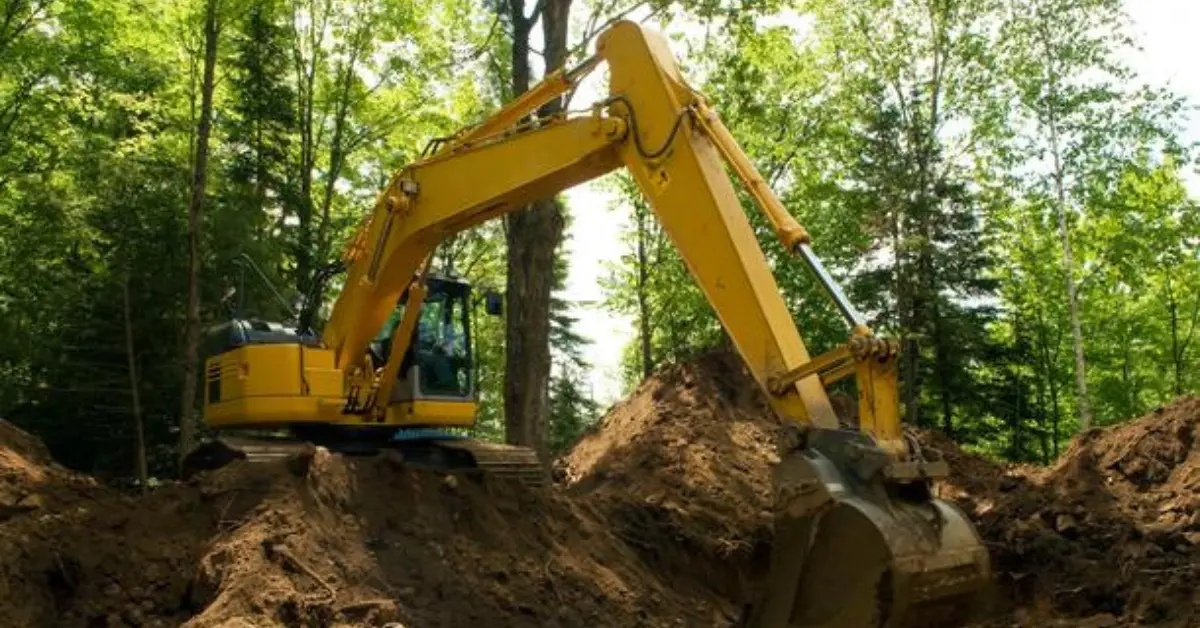
Trends and Innovations in Dirt and Aggregate Use
New Technologies in Aggregate Production
The production of aggregates has seen substantial technological advancements aimed at improving efficiency, reducing environmental impact, and enhancing material quality. One major innovation is the use of automated crushing and screening equipment. These machines are now equipped with advanced sensors and AI algorithms that optimize the crushing process, ensuring the production of aggregates with desired size and quality.
Another significant trend is the adoption of mobile aggregate production plants. These portable units allow for on-site production, reducing transportation costs and carbon emissions associated with moving materials from quarries to construction sites. This technology not only reduces environmental impact but also accelerates project timelines by providing aggregates directly where they are needed. The integration of recycled materials into aggregate production is also gaining traction. Using construction and demolition waste as feedstock for new aggregates not only conserves natural resources but also diverts significant amounts of waste from landfills.
Innovative Uses of Dirt and Aggregate
Innovative uses are emerging across various industries, driven by a desire for sustainability and efficiency. One such innovation is the use of lightweight aggregates in green roof systems. These materials are lighter than traditional aggregates, reducing the load on building structures while providing excellent drainage and insulation for rooftop gardens.
In the realm of environmental conservation, dirt and aggregates are being used to restore natural habitats. Dredged materials from water bodies are repurposed to create wetlands, which support biodiversity and improve water quality. The agricultural sector is also tapping into the potential of these materials. Soil amendments made from crushed aggregates can improve soil structure, enhance drainage, and provide essential minerals. This application not only boosts crop yields but also reduces the need for chemical fertilizers, promoting sustainable farming practices.
The development of custom material mixes tailored to specific applications is set to revolutionize the dirt and aggregate industry. Advances in material science are enabling the creation of hybrid mixes that combine the best properties of different materials. As the industry continues to evolve, collaboration between researchers, manufacturers, and policymakers will be key to realizing the full potential of these innovations. By embracing new technologies and sustainable practices, the dirt and aggregate sector can play a pivotal role in shaping a more resilient and eco-friendly built environment.

.svg)





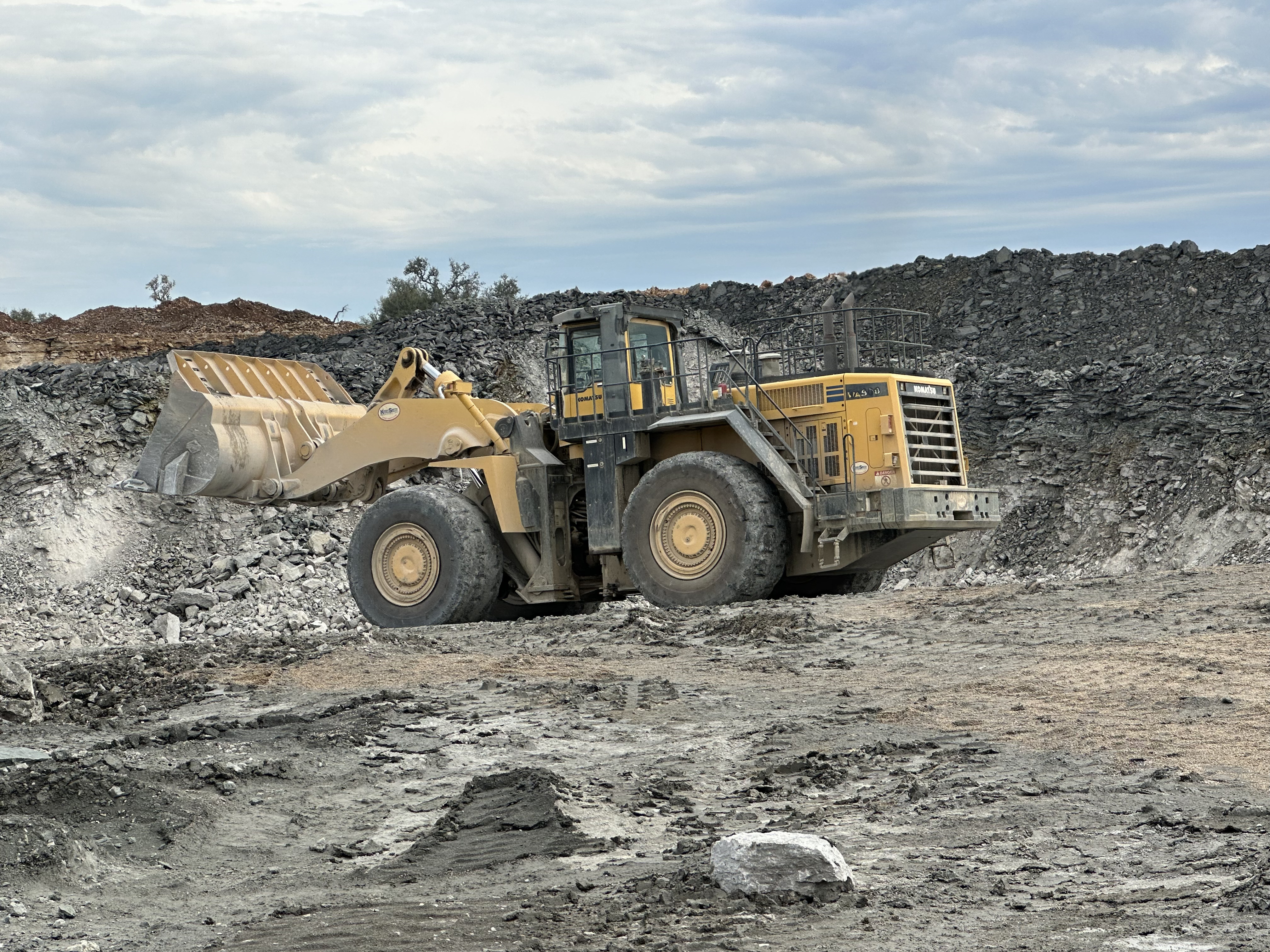




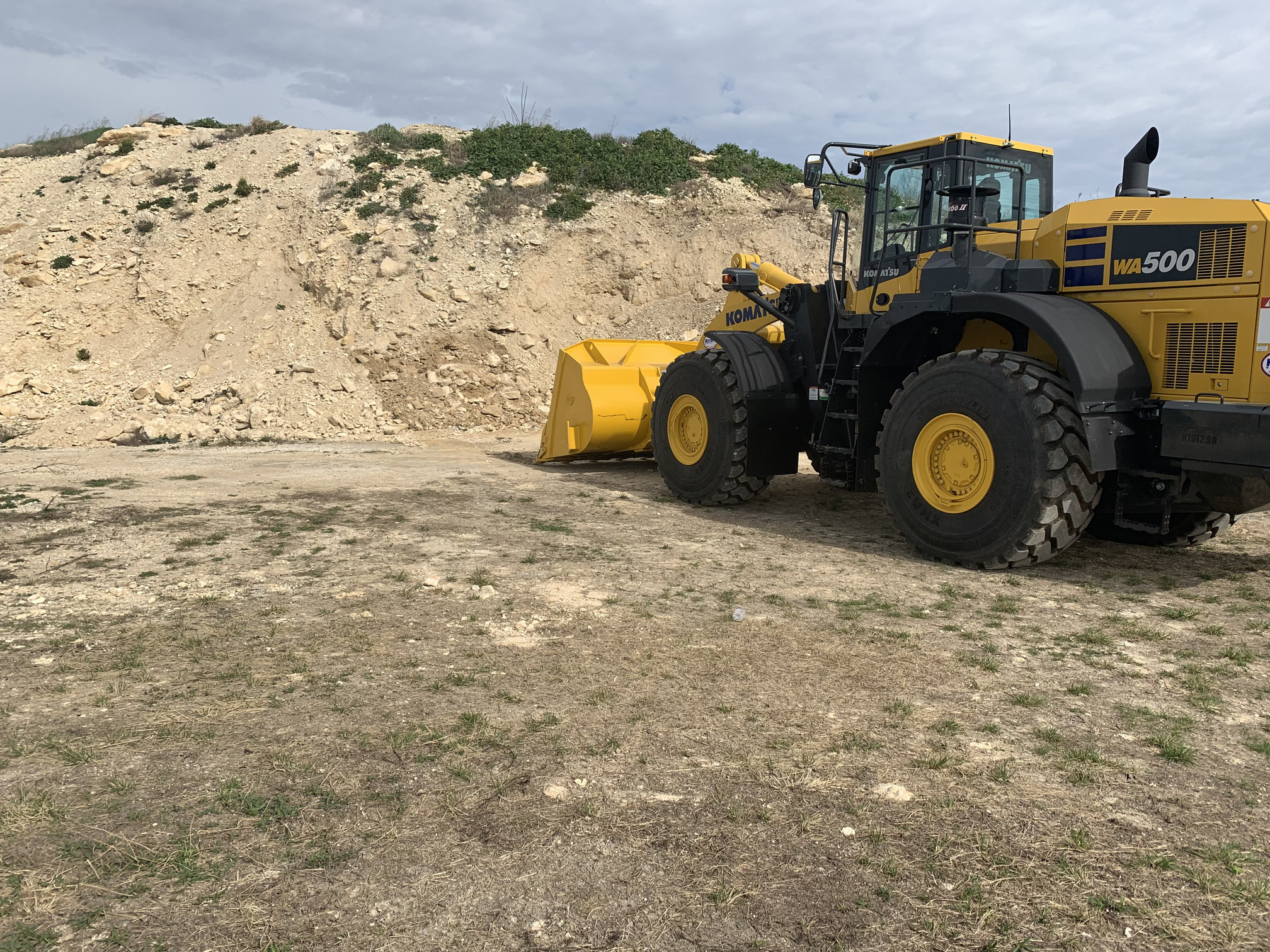
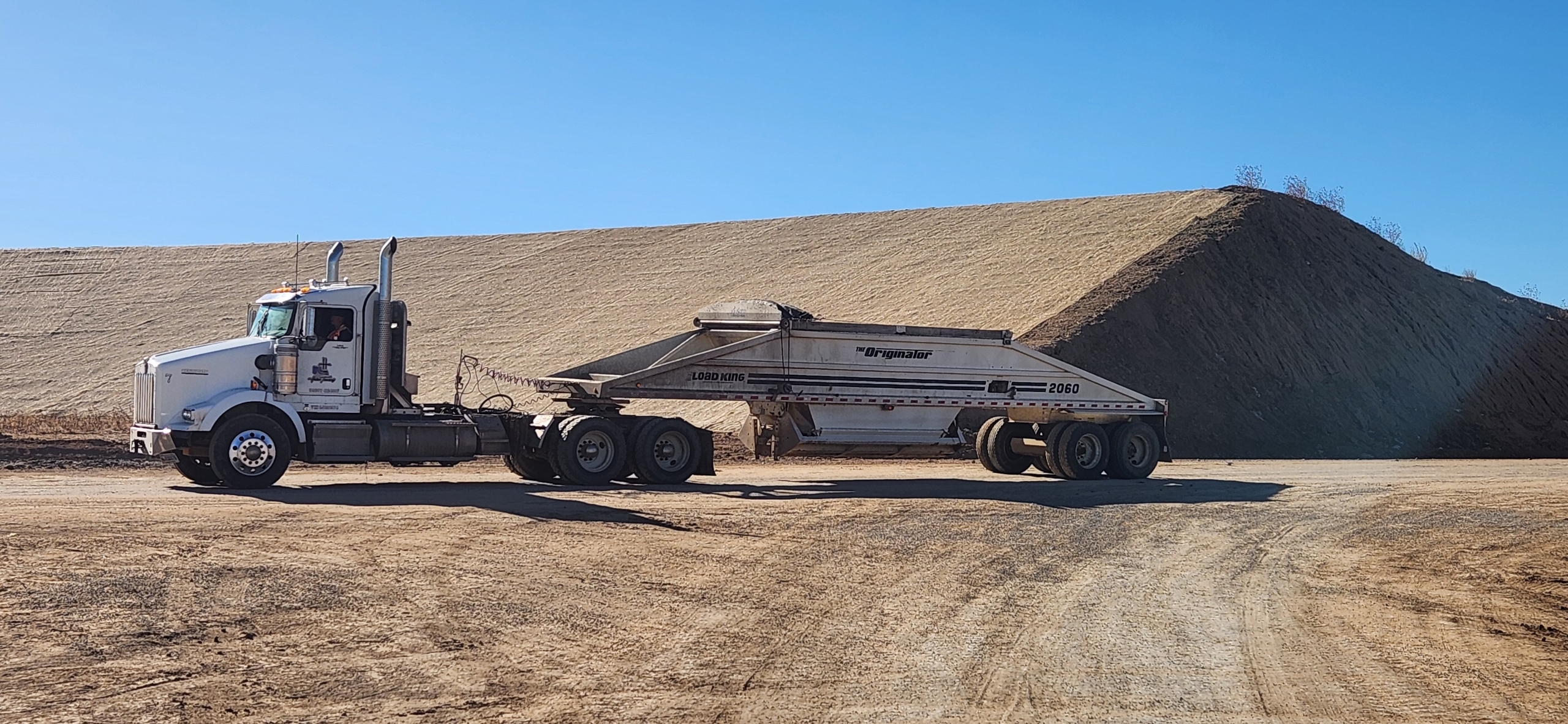
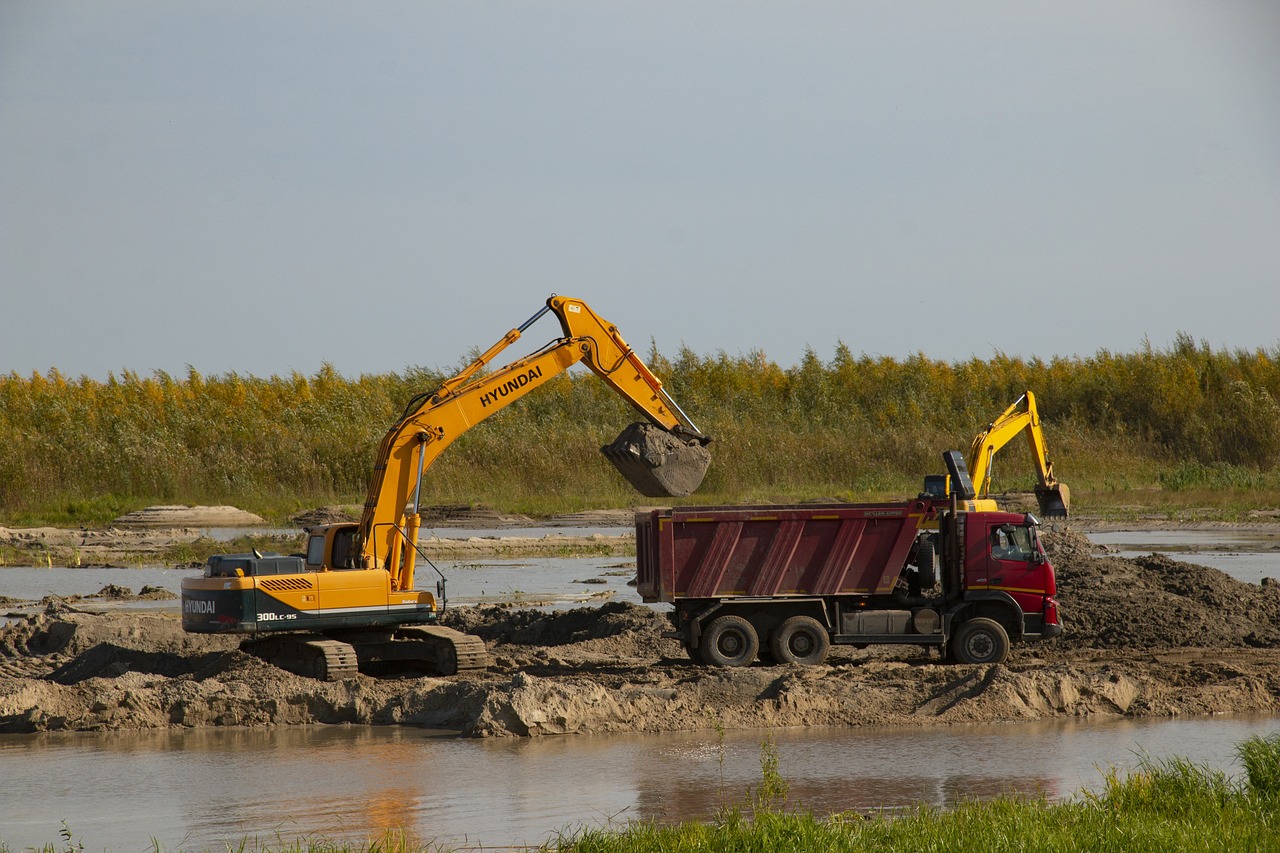

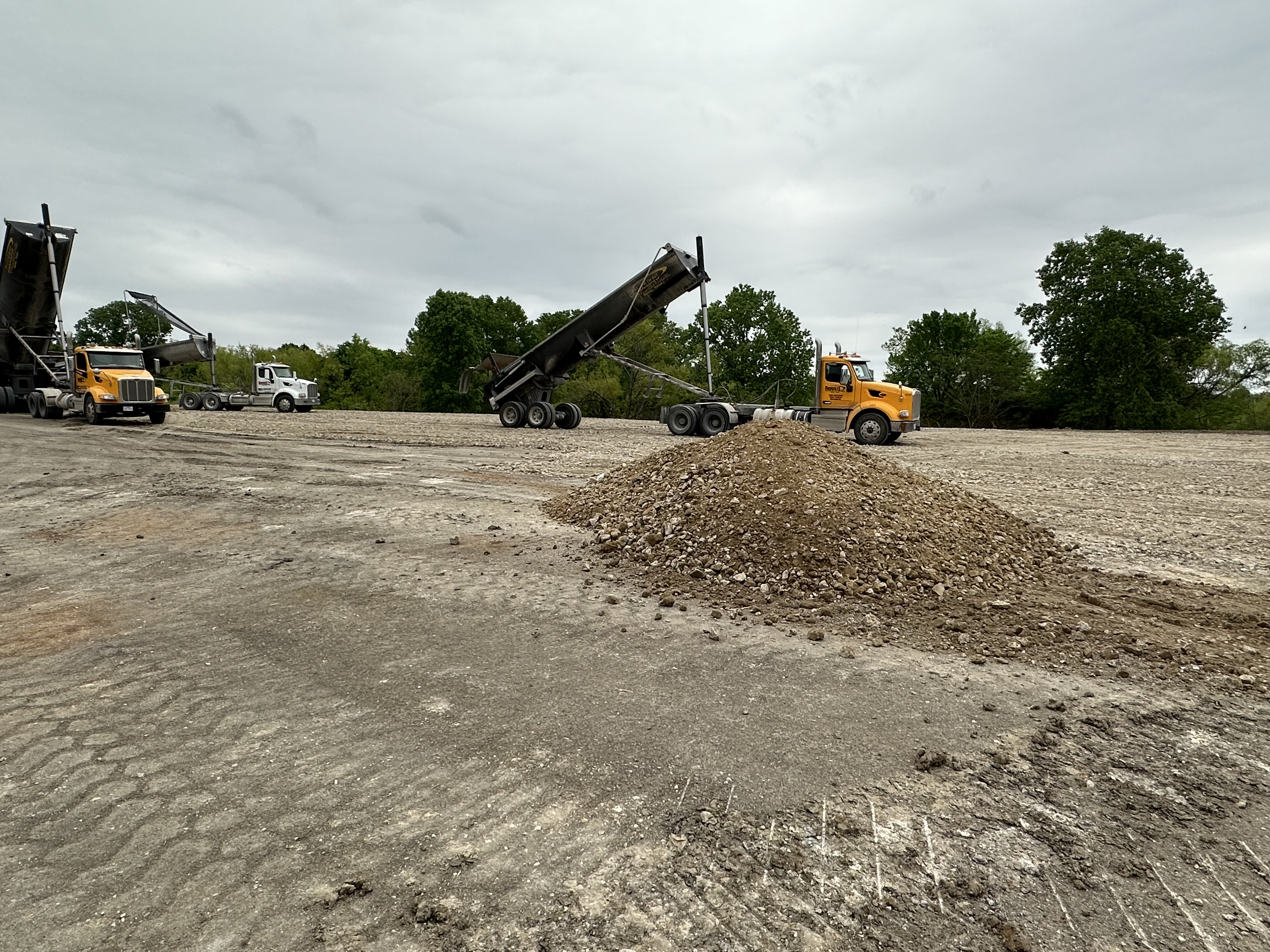

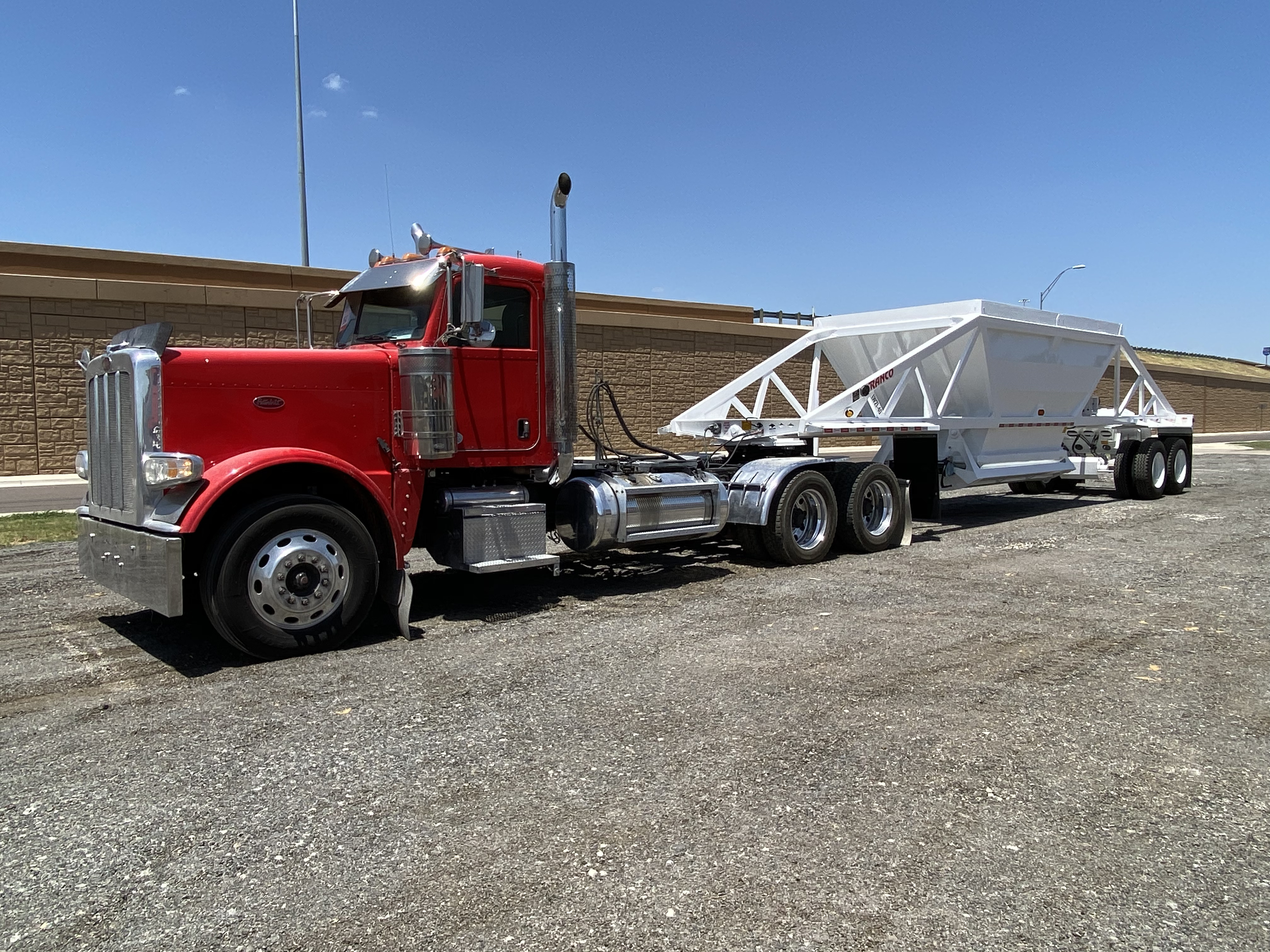
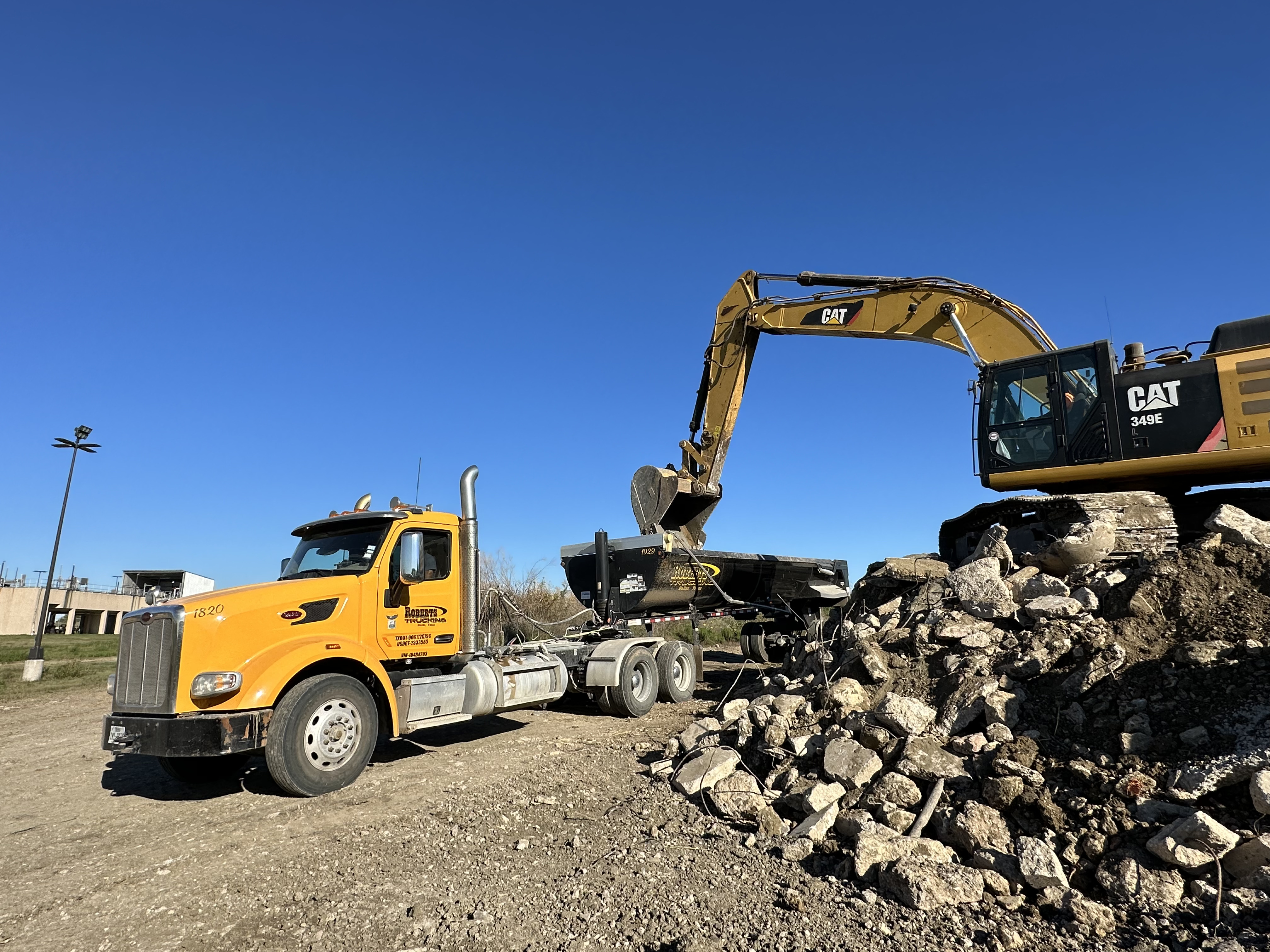
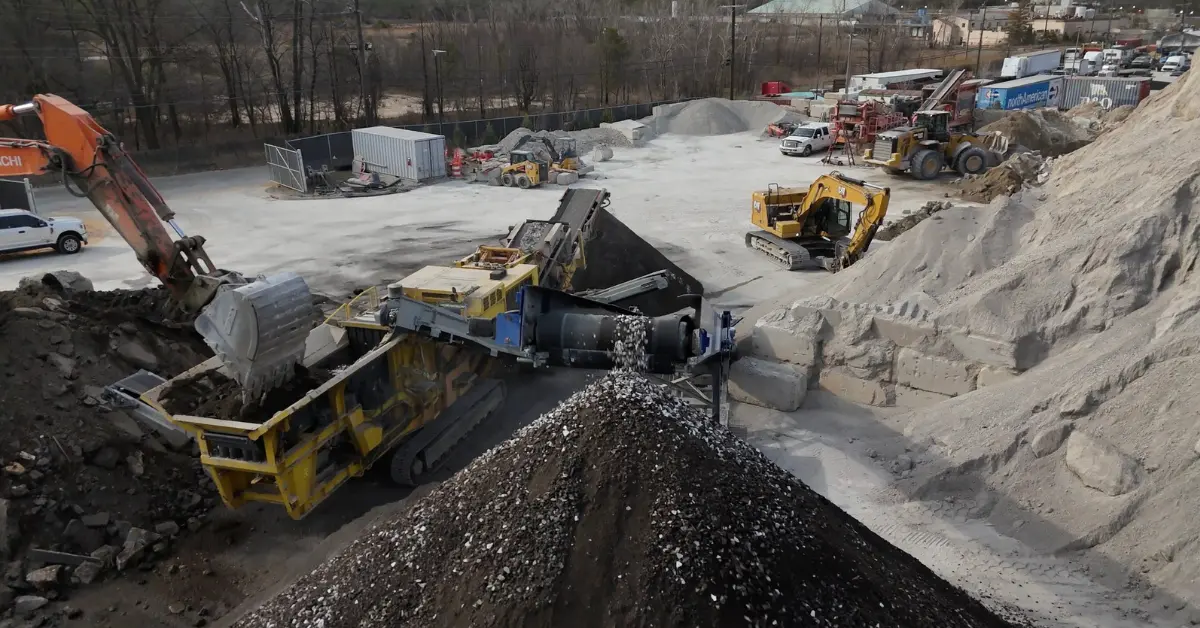
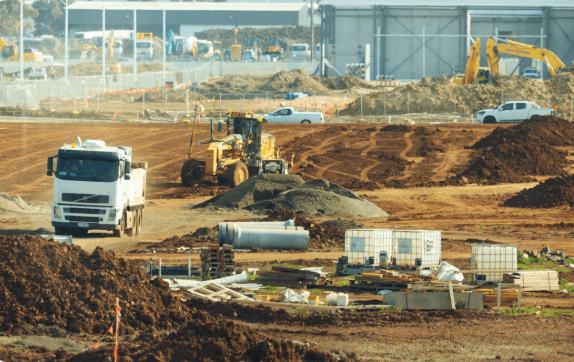
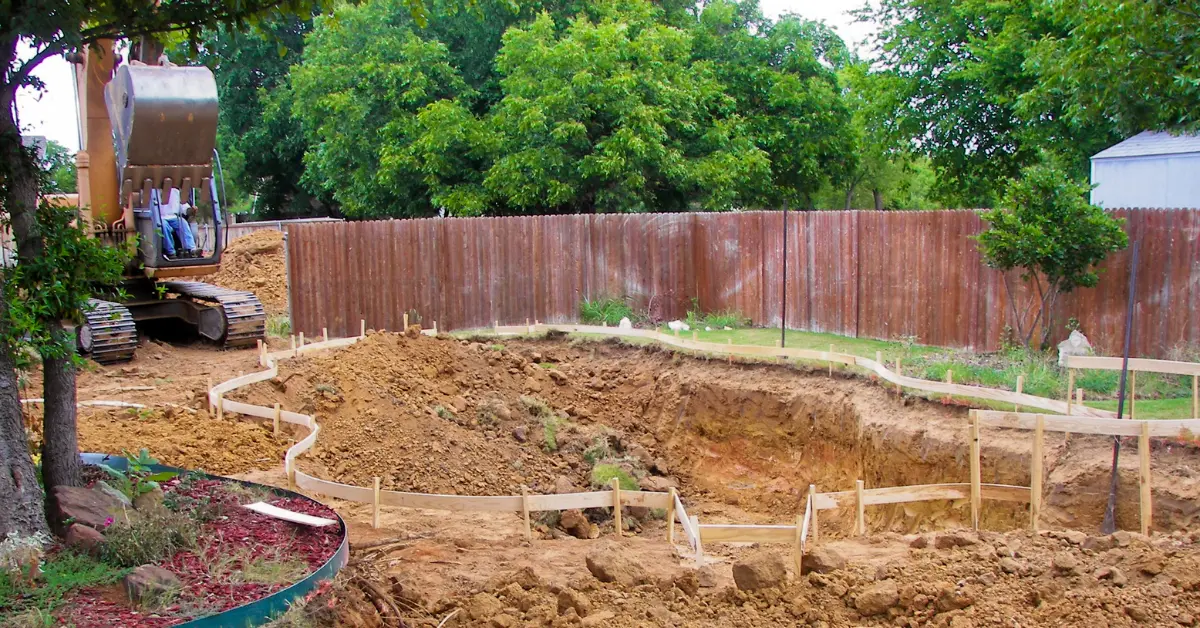
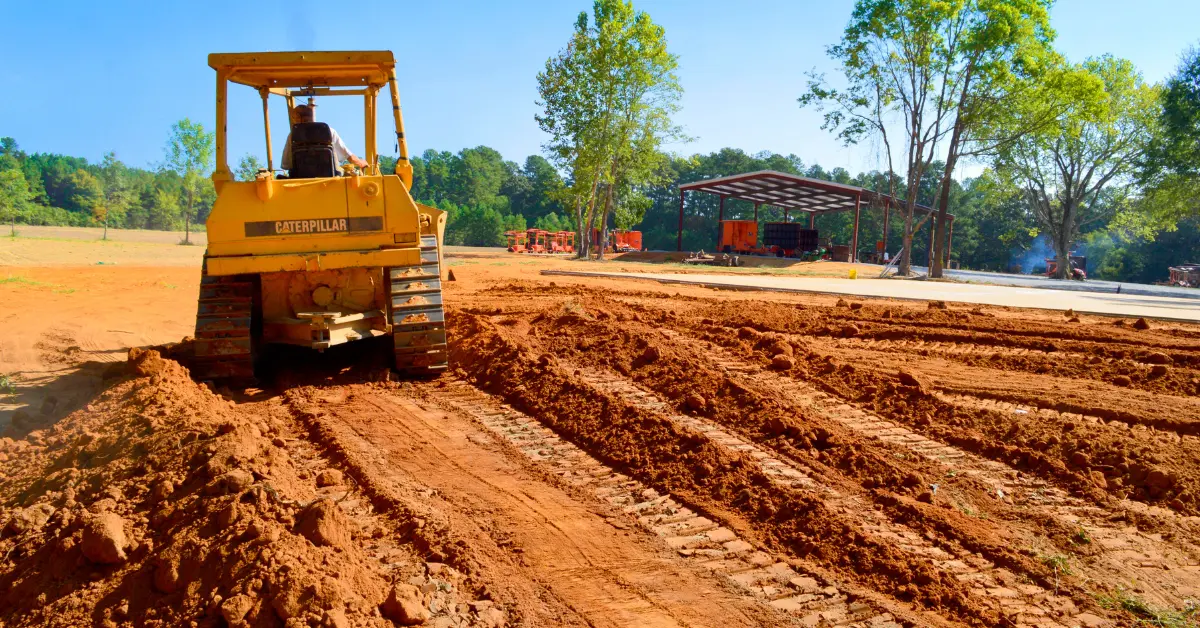
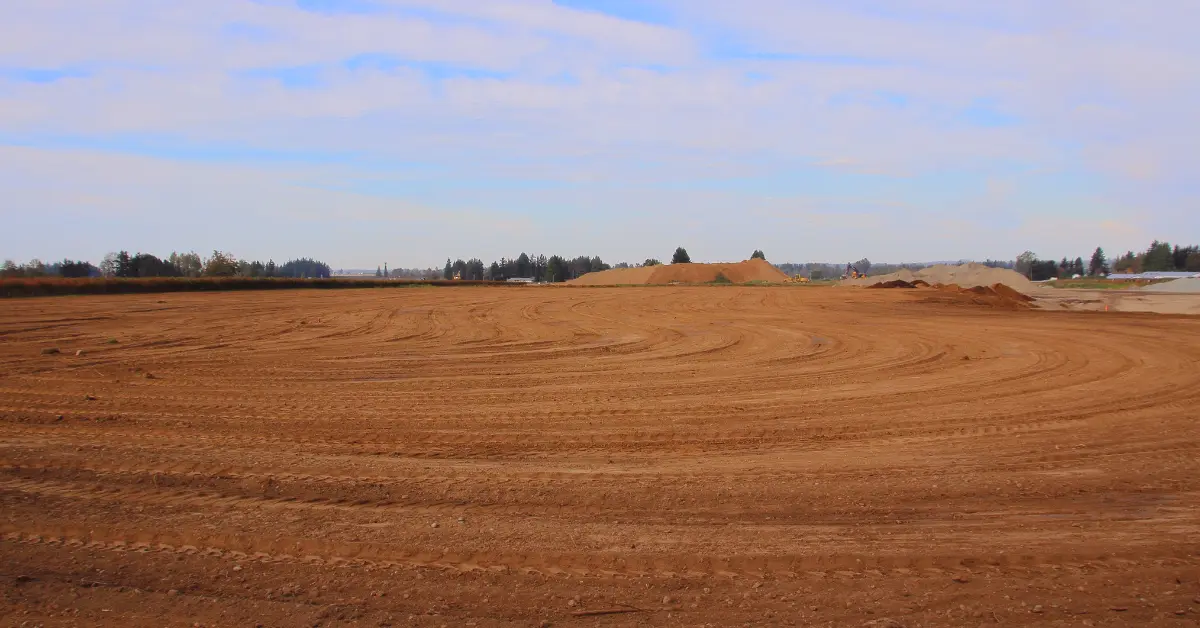



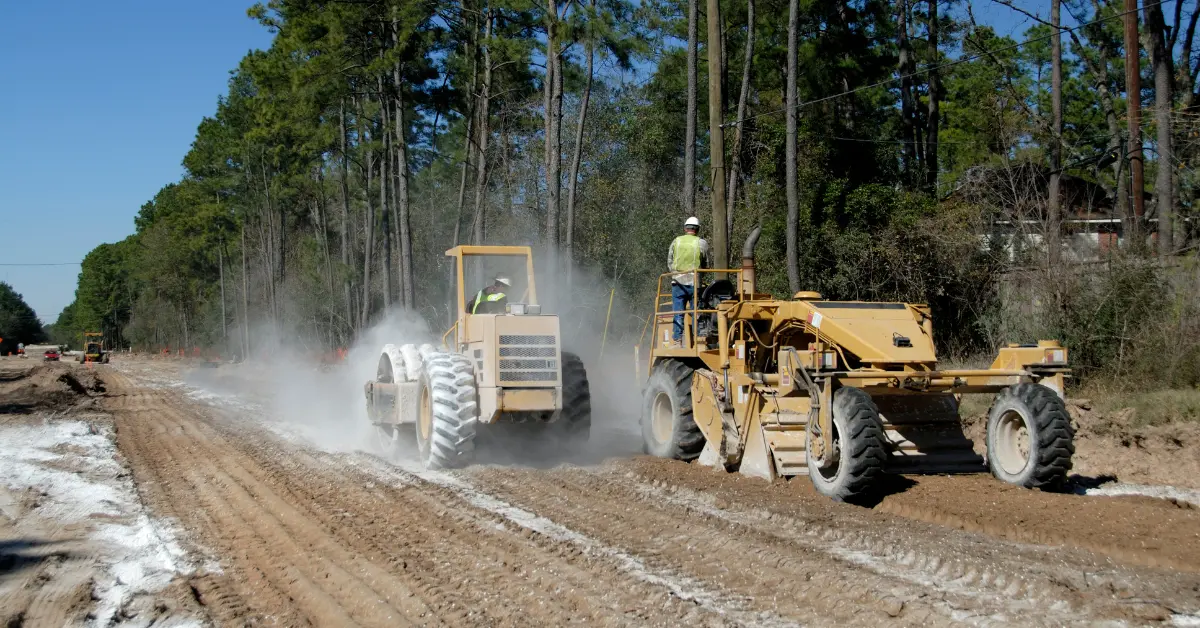




.jpg)

